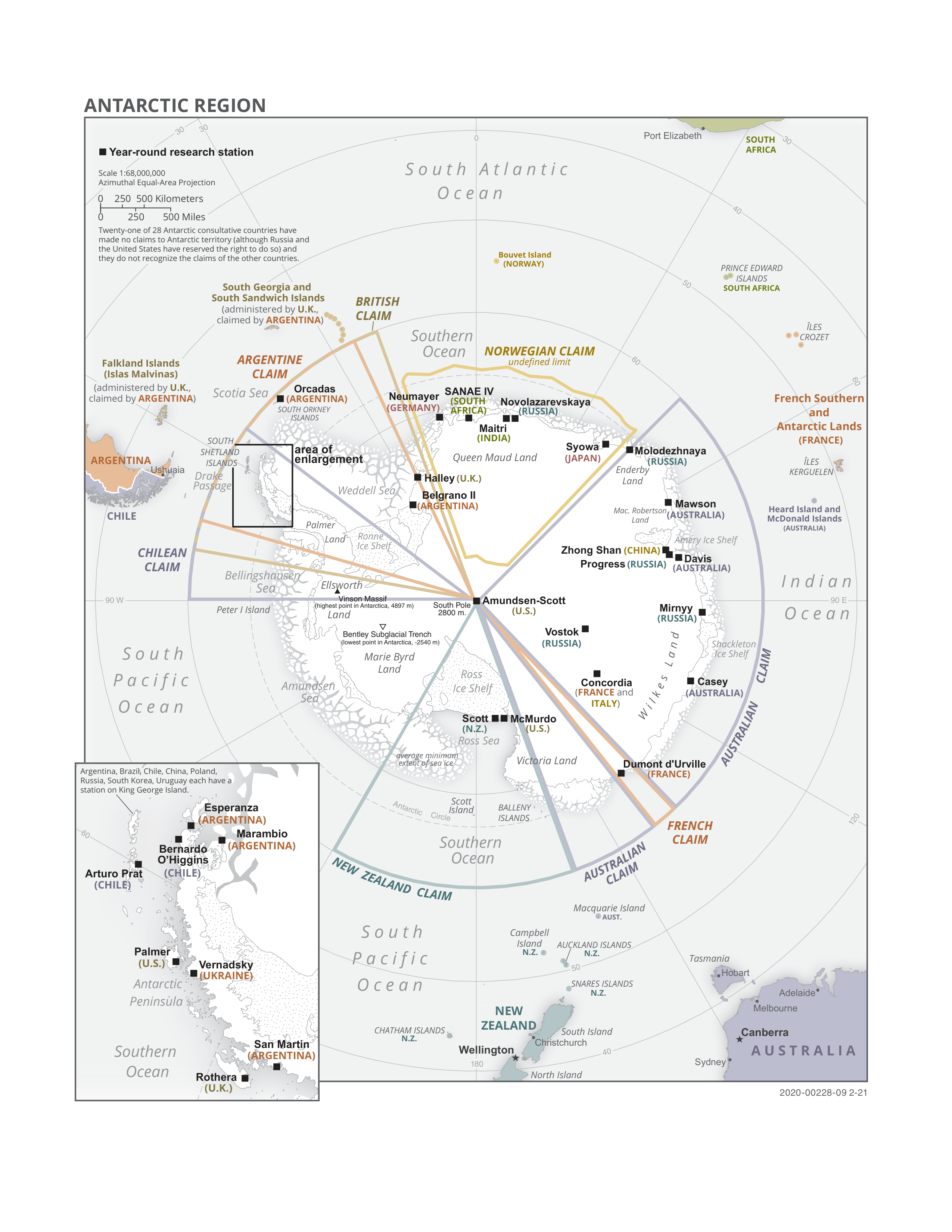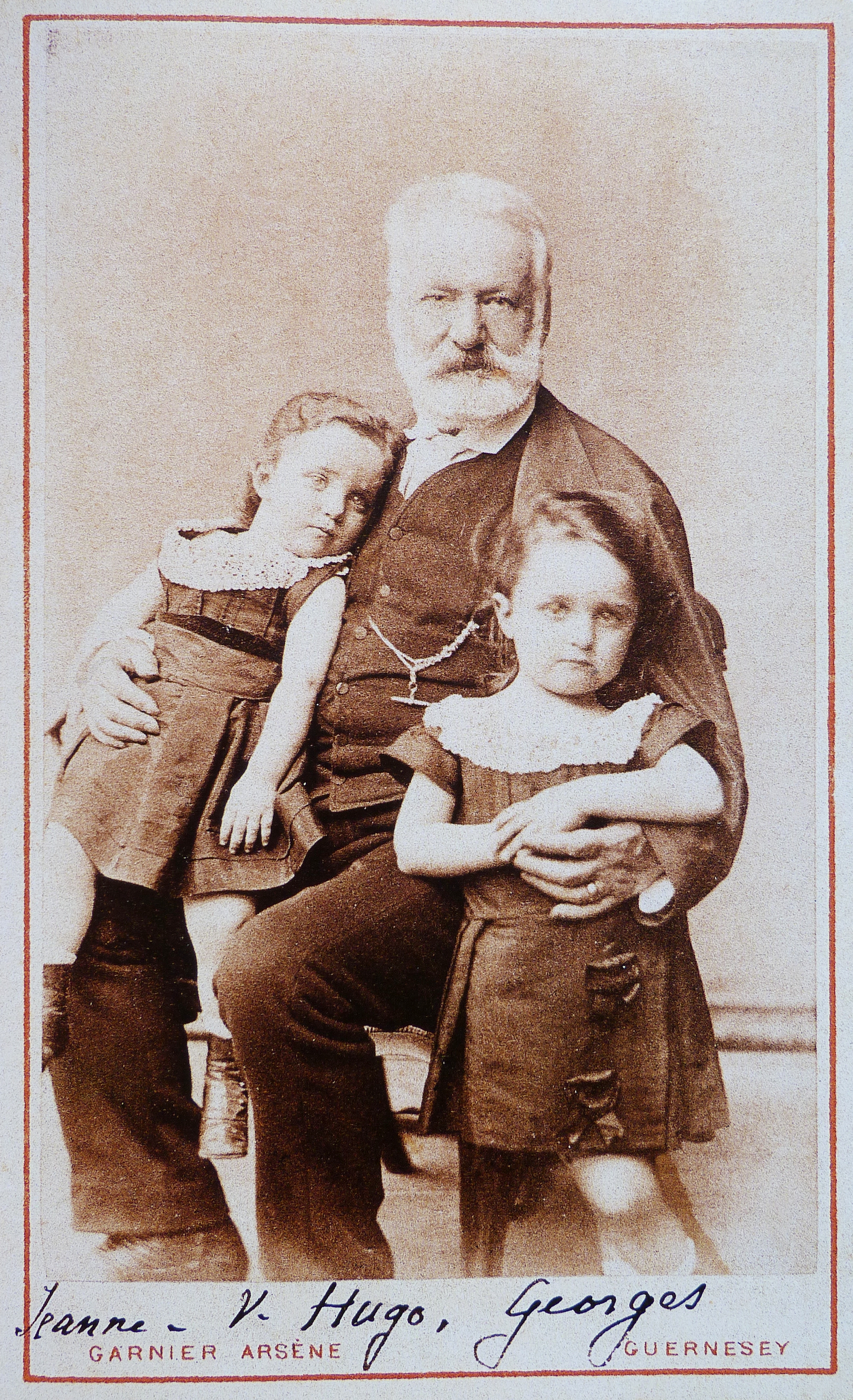|
Hugo Island
Hugo Island (or Víctor Hugo) is an isolated ice-covered island long, with several rocky islets and pinnacles off its east side, located off the west side of the Antarctic Peninsula, about southwest of Cape Monaco, Anvers Island. It was probably discovered by C.J. Evensen, captain of the ''Peninsula'' in 1893, because an unnamed island of similar extent and location first appeared on the charts at that time. The island was charted by the French Antarctic Expedition, 1903–05, under Dr. J.B. Charcot, who named it for the French poet and novelist Victor Hugo, grandfather of Charcot's first wife, whose maiden name was Jeanne Hugo. See also * List of Antarctic and sub-Antarctic islands This is a list of Antarctic and sub-Antarctic islands. * Antarctic islands are, in the strict sense, the islands around mainland Antarctica, situated on the Antarctic Plate, and south of the Antarctic Convergence. According to the terms of the ... * Phelps Rock References {{usgs-gazettee ... [...More Info...] [...Related Items...] OR: [Wikipedia] [Google] [Baidu] |
Antarctica
Antarctica () is Earth's southernmost and least-populated continent. Situated almost entirely south of the Antarctic Circle and surrounded by the Southern Ocean (also known as the Antarctic Ocean), it contains the geographic South Pole. Antarctica is the fifth-largest continent, being about 40% larger than Europe, and has an area of . Most of Antarctica is covered by the Antarctic ice sheet, with an average thickness of . Antarctica is, on average, the coldest, driest, and windiest of the continents, and it has the highest average elevation. It is mainly a polar desert, with annual Climate of Antarctica#Precipitation, precipitation of over along the coast and far less inland. About 70% of the world's freshwater reserves are frozen in Antarctica, which, if melted, would raise global sea levels by almost . Antarctica holds the record for the Lowest temperature recorded on Earth, lowest measured temperature on Earth, . The coastal regions can reach temperatures over in the ... [...More Info...] [...Related Items...] OR: [Wikipedia] [Google] [Baidu] |
Antarctic Treaty System
The Antarctic Treaty and related agreements, collectively known as the Antarctic Treaty System (ATS), regulate international relations with respect to Antarctica, Earth's only continent without a native human population. It was the first arms control agreement established during the Cold War, designating the continent as a scientific preserve, establishing freedom of scientific investigation, and banning Military activity in the Antarctic, military activity; for the purposes of the treaty system, Antarctica is defined as all the land and ice shelf, ice shelves south of 60th parallel south, 60°S latitude. Since September 2004, the Antarctic Treaty Secretariat, which implements the treaty system, is headquartered in Buenos Aires, Argentina. The main treaty was opened for signature on 1 December 1959, and officially coming into force, entered into force on 23 June 1961. The original signatories were the 12 countries active in Antarctica during the International Geophysical Year ... [...More Info...] [...Related Items...] OR: [Wikipedia] [Google] [Baidu] |
Antarctic Peninsula
The Antarctic Peninsula, known as O'Higgins Land in Chile and Tierra de San Martin in Argentina, and originally as Graham Land in the United Kingdom and the Palmer Peninsula in the United States, is the northernmost part of mainland Antarctica. The Antarctic Peninsula is part of the larger peninsula of West Antarctica, protruding from a line between Cape Adams (Weddell Sea) and a point on the mainland south of the Eklund Islands. Beneath the ice sheet that covers it, the Antarctic Peninsula consists of a string of bedrock islands; these are separated by deep channels whose bottoms lie at depths considerably below current sea level. They are joined by a grounded ice sheet. Tierra del Fuego, the southernmost tip of South America, is about away across the Drake Passage. The Antarctic Peninsula is in area and 80% ice-covered. The marine ecosystem around the western continental shelf of the Antarctic Peninsula (WAP) has been subjected to rapid Climate change in Antarctica, clima ... [...More Info...] [...Related Items...] OR: [Wikipedia] [Google] [Baidu] |
Cape Monaco
Cape Monaco () is a cape which forms the southwest tip of Anvers Island, in the Palmer Archipelago, Antarctica. Gossler Islands and Chukovezer Island are lying respectively 3 km west and 7.2 km north of the cape. Cape Monaco was discovered by a German expedition in 1873–1874, under Eduard Dallmann, but its relationship to Anvers Island was not known at that time. It was later charted by the Third French Antarctic Expedition, 1903–1905, under Jean-Baptiste Charcot, and named by him for Albert I, Prince of Monaco Albert I (Albert Honoré Charles Grimaldi; 13 November 1848 – 26 June 1922) was Prince of Monaco from 10 September 1889 until his death in 1922. He devoted much of his life to oceanography, exploration and science. Alongside his expeditions, ..., a patron of the expedition. See also * Skane Nunatak * Stayaway Skerries References Cape Monaco Headlands of the Palmer Archipelago {{AnversIsland-geo-stub ... [...More Info...] [...Related Items...] OR: [Wikipedia] [Google] [Baidu] |
Anvers Island
Anvers Island or Antwerp Island or Antwerpen Island or Isla Amberes is a high, mountainous island long, the largest in the Palmer Archipelago of Antarctica. It was discovered by John Biscoe in 1832 and named in 1898 by the Belgian Antarctic Expedition under Adrien de Gerlache after the province of Antwerp (province), Antwerp in Belgium. It lies Ordinal directions, south-west of Brabant Island at the Ordinal directions, south-western end of the group. The south-western coastline of the island forms part of the Southwest Anvers Island and Palmer Basin Antarctic Specially Managed Area (ASMA 7). Cormorant Island, an Important Bird Area, lies 1 km off the south coast. There is a small science outpost called Palmer Station on the south end of Anvers island since the late 1960s; it is the smallest and farthest north of three the U.S. has on the continent. It is staffed by a few dozen people mostly doing marine and biology research, and is usually resupplied by ship as it has no reg ... [...More Info...] [...Related Items...] OR: [Wikipedia] [Google] [Baidu] |
French Antarctic Expedition, 1903–05
The French Antarctic Expedition is any of several French expeditions in Antarctica. 1837–1840 In 1837, during an 1837–1840 expedition across the deep southern hemisphere, Captain Jules Dumont d'Urville sailed his ship ''Astrolabe'' along a coastal area of Antarctica which he later named Adélie Land, in honor of his wife. During the Antarctic part of this expedition, Dumont d'Urville team performed the first experiments to determine the approximate position of the South magnetic pole, and landed on Débarquement Rock in the Géologie Archipelago, () just 4 km from the mainland, where he took mineral and animal samples. On his return to France in 1840 he was made rear admiral. 1904–1907 Jean-Baptiste Charcot was appointed leader of a 1904–1907 French Antarctic Expedition, aboard the ship ''Français'', exploring the west coast of Graham Land portion of the Antarctic Peninsula. The expedition reached Adelaide Island in 1905 and took pictures of the Palmer ... [...More Info...] [...Related Items...] OR: [Wikipedia] [Google] [Baidu] |
Victor Hugo
Victor-Marie Hugo, vicomte Hugo (; 26 February 1802 – 22 May 1885) was a French Romanticism, Romantic author, poet, essayist, playwright, journalist, human rights activist and politician. His most famous works are the novels ''The Hunchback of Notre-Dame'' (1831) and ''Les Misérables'' (1862). In France, Hugo is renowned for his poetry collections, such as and (''The Legend of the Ages''). Hugo was at the forefront of the Romanticism, Romantic literary movement with his play ''Cromwell (play), Cromwell'' and drama ''Hernani (drama), Hernani''. His works have inspired music, both during his lifetime and after his death, including the opera ''Rigoletto'' and the musicals ''Les Misérables (musical), Les Misérables'' and ''Notre-Dame de Paris (musical), Notre-Dame de Paris''. He produced more than 4,000 drawings in his lifetime, and campaigned for social causes such as the abolition of Capital punishment in France, capital punishment and Abolitionism, slavery. Although he ... [...More Info...] [...Related Items...] OR: [Wikipedia] [Google] [Baidu] |
Jeanne Hugo
Léopoldine Clémence Adèle Lucie Jeanne Hugo (; 29 September 1869 – 30 November 1941) was a Belgian-born French heiress and socialite during La Belle Époque. She was a granddaughter of French novelist, poet, and politician Victor Hugo. As an adult, Hugo was often written about in the press due to her status in Parisian high society and her connections to other members of the French elite. Early life and family Jeanne Hugo was born in Brussels on 29 September 1869, the third child of the journalist Charles Hugo and his wife Alice Le Haene. Her eldest brother died as an infant prior to her birth. Her surviving older brother was the artist Georges Victor-Hugo. Her paternal grandparents were the writer and politician Victor Hugo and Adèle Foucher. She was a great-granddaughter of Joseph Léopold Sigisbert Hugo and Sophie Trébuchet. A member of a prominent literary and political family, her paternal grandfather had been ennobled as a '' Pairie de France'' by Louis Philippe I ... [...More Info...] [...Related Items...] OR: [Wikipedia] [Google] [Baidu] |
List Of Antarctic And Sub-Antarctic Islands
This is a list of Antarctic and sub-Antarctic islands. * Antarctic islands are, in the strict sense, the islands around mainland Antarctica, situated on the Antarctic Plate, and south of the Antarctic Convergence. According to the terms of the Antarctic Treaty, claims to sovereignty over lands south of 60° S are not asserted.Antarctic Treaty, Article VI Dec. 1, 1959 12 UST 794; 402 UNTS 71; 19 ILM 860 (1980) * Sub-Antarctic islands are the islands situated closer to another continental mainland or on another tectonic plate, but are [...More Info...] [...Related Items...] OR: [Wikipedia] [Google] [Baidu] |
Phelps Rock
Phelps Rock is an insular rock rising 10 m above sea level southwest of Hugo Island, in the west approaches to French Passage, Wilhelm Archipelago. The rock was charted by a Royal Navy Hydrographic Survey Unit from HMS Protector, 1966–67. Named by United Kingdom Antarctic Place-Names Committee (UK-APC) after Captain Edmund M.S. Phelps, First Officer in John Biscoe, 1966-72 (Senior Master There are various levels of judiciary in England and Wales—different types of courts have different styles of judges. They also form a strict hierarchy of importance, in line with the order of the courts in which they sit, so that judges o ... from 1972), who assisted with the hydrographic survey of the area, 1965–67. Rock formations of the Wilhelm Archipelago {{WilhelmArchipelago-geo-stub ... [...More Info...] [...Related Items...] OR: [Wikipedia] [Google] [Baidu] |




